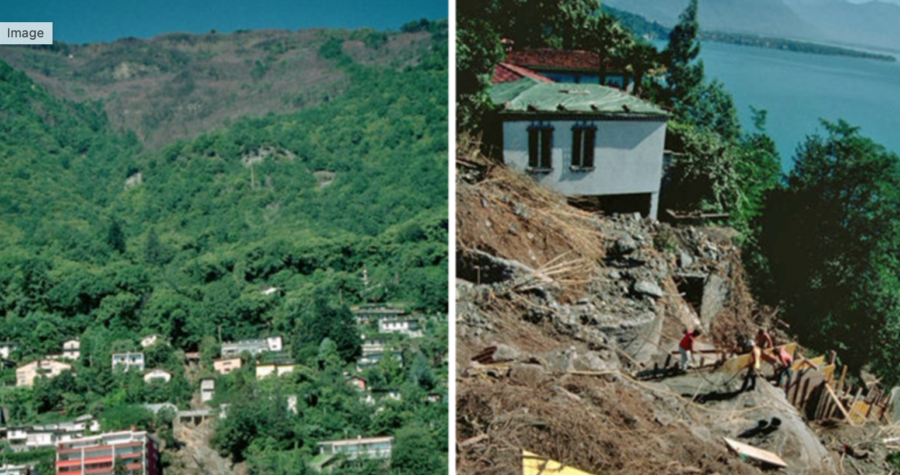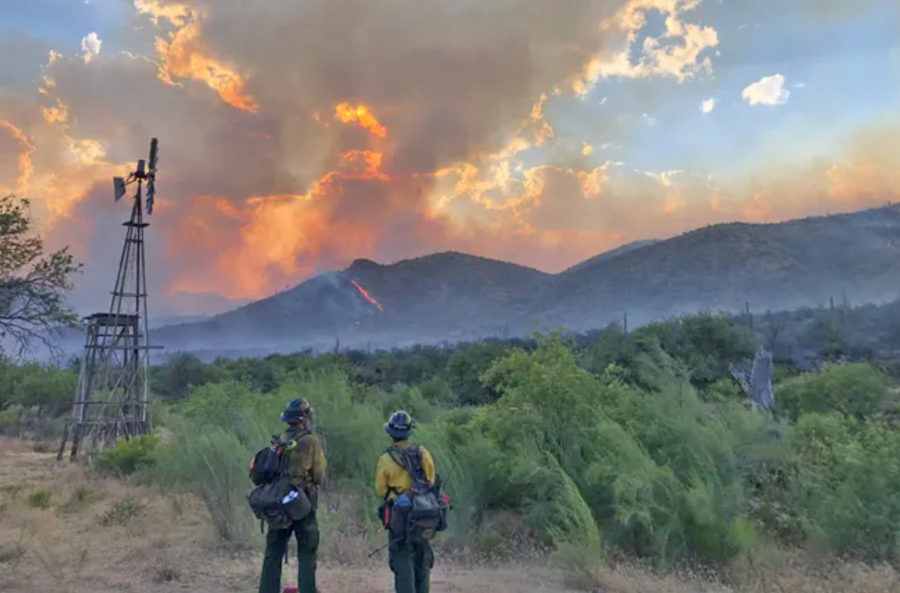UPDATE: Zach Garland, the state firefighter injured Thursday on a Kentucky wildfire, is now in stable condition at the burn center in Huntington, West Virginia. On April 25 the Pike County 2 Crew was working a wildfire when the fire shifted; Zach was trapped and burned and critically injured. He was building fireline when fire cut off his escape route. Crew members immediately called for EMS; Zach was flown to the burn center at Huntington, where he is in good spirits. Though he is medically stable, he faces a very long road to recovery; Zach suffered second- and third-degree burns to his face, arms, hands, and knees.


PUBLISHED 27. APRIL 2024 — On Thursday about 62 miles south of Stopover in Pike County, Kentucky, the Blankenship Hollow Fire early in the afternoon injured a firefighter in a burnover incident. A structure fire in Blankenship Hollow escaped into the woodland and was reported to the Hazard Branch forestry office; volunteer fire departments at the incident requested a forestry crew to assist. The Forest Ranger IC type 5 and a Pike County crew were dispatched just before 2 p.m. and arrived at 3 p.m.


Initial size-up from the IC was 10 acres burning in timber with an uphill run and high spread potential.
The IC reported that several additional structures near the fire would be their initial focus.
About 45 minutes later with structure protection completed, the IC and the crew hiked up the mountain to engage the head of the fire directly. They said they had active behavior with short-range spotting and decided to wait for a break before engaging.

At 5:15 the IC reported a break in fire behavior and they re-engaged with direct handline construction. Firefighters began building line down both flanks and at 5:55 IC reported that a firefighter had become trapped by a spot fire, cutting him off. He said he was deploying a shelter; 3 minutes later the IC reached the crew member and began a medical assessment. Kentucky State Police out of Pikeville was contacted by dispatch; they sent EMS units and requested a life-flight medical helicopter be held on standby.

The IC and the fire crew were able to assist the injured firefighter, who walked mainly under his own power off the mountain to the waiting ambulance, where EMTs decided to request helicopter transport to the burn unit at Cabell Huntington Hospital in Huntington, West Virginia. There were no reports of other injuries.
The burned firefighter is in stable condition at the burn center this evening and is in good spirits. He endured burns on the hands, knees, and face; there will be a 72-hour followup report.
A statewide burn ban is in effect through the end of this month.








